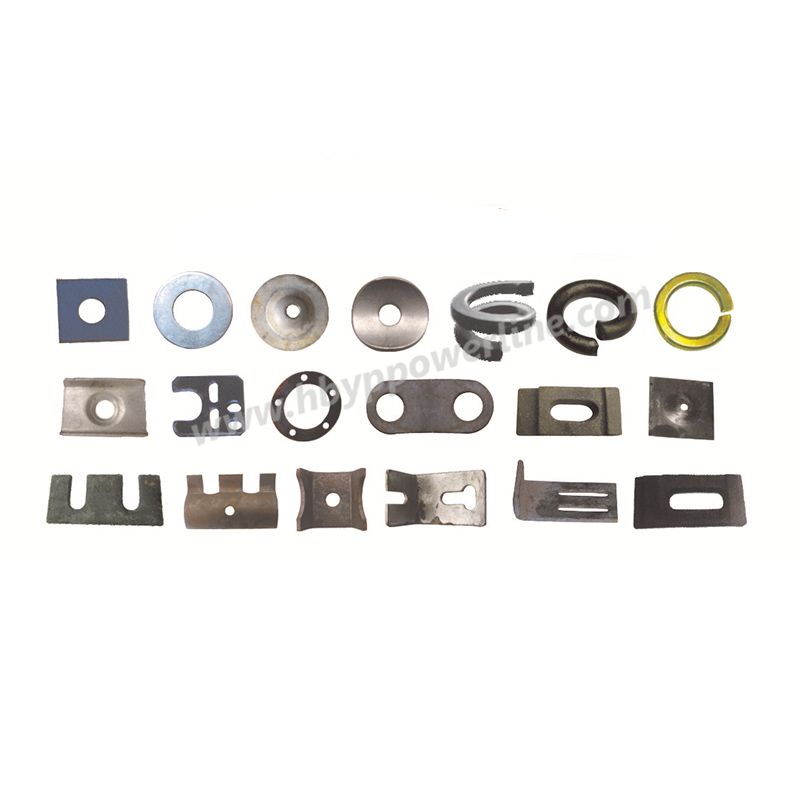What is the function of a washer?
A washer, in the context of fasteners and mechanical assemblies, serves several important functions. Here are the primary functions of a washer:
Distributing Load:
One of the fundamental functions of a washer is to distribute the load applied to a fastener. Placed between the nut or bolt head and the surface being fastened, the washer helps spread the force evenly. This is particularly crucial when the surface is softer or more fragile, preventing damage and ensuring a more uniform distribution of pressure.
Preventing Surface Damage:
Washers act as protective barriers between the fastener and the surface they are securing. They help prevent damage to the surface by providing a buffer that absorbs the pressure and friction generated during the tightening of the fastener.
Reducing Friction:
Washers can reduce friction between the fastener and the surface, allowing for smoother and more controlled tightening. This is especially important in applications where ease of assembly and disassembly is a consideration.
Compensating for Uneven Surfaces:
Uneven or irregular surfaces can create gaps or inconsistencies in the contact between the fastener and the material being fastened. Washers compensate for these irregularities, ensuring a more stable and secure connection.

Preventing Loosening:
Spring washers, also known as lock washers, are designed to exert a spring force against the fastener, helping to prevent self-loosening due to vibrations or external forces. They add a degree of tension to the assembly, enhancing its resistance to unintentional rotation.
Thermal Insulation:
In certain applications, washers made from insulating materials are used to provide thermal insulation. This is important in scenarios where heat transfer between the fastener and the surface needs to be minimized.
Corrosion Resistance:
Washers made from corrosion-resistant materials, such as stainless steel or coated alloys, contribute to the overall corrosion resistance of the fastening system. They help protect against rust and deterioration, extending the lifespan of the assembly.
Alignment and Centering:
Flat washers, particularly those with a larger outer diameter, can aid in the alignment and centering of fasteners. They help maintain proper spacing and alignment between components, ensuring a more accurate and secure assembly.
Pressure Distribution:
In hydraulic or fluid systems, washers play a role in distributing pressure evenly. They help prevent leaks and ensure a tight seal by evenly distributing the pressure applied by the fastener.
Electrical Insulation:
Insulating washers made from materials like nylon or rubber are used in electrical applications to provide insulation between the fastener and the electrical components. This prevents electrical conductivity and the risk of short circuits.
In summary, washers are versatile components that contribute to the efficiency, stability, and longevity of mechanical assemblies. Whether it's distributing load, preventing surface damage, reducing friction, or serving specialized functions, washers play a crucial role in maintaining the integrity of fastening systems across various applications.
- 0



